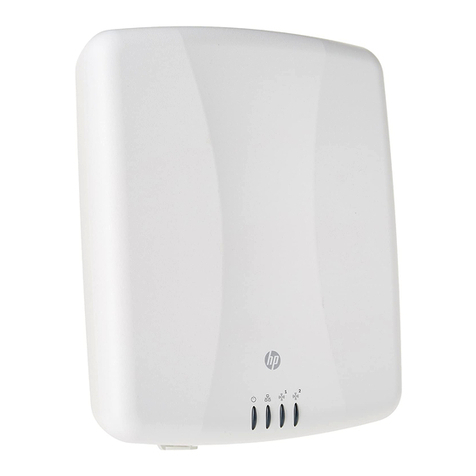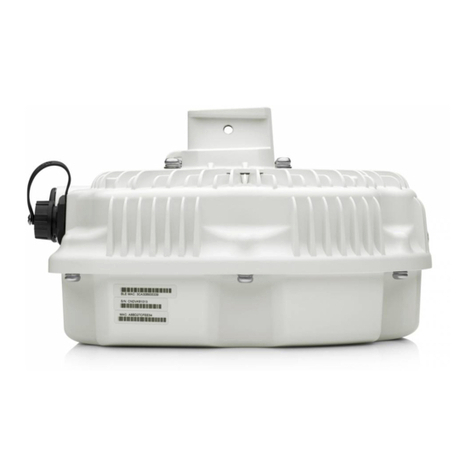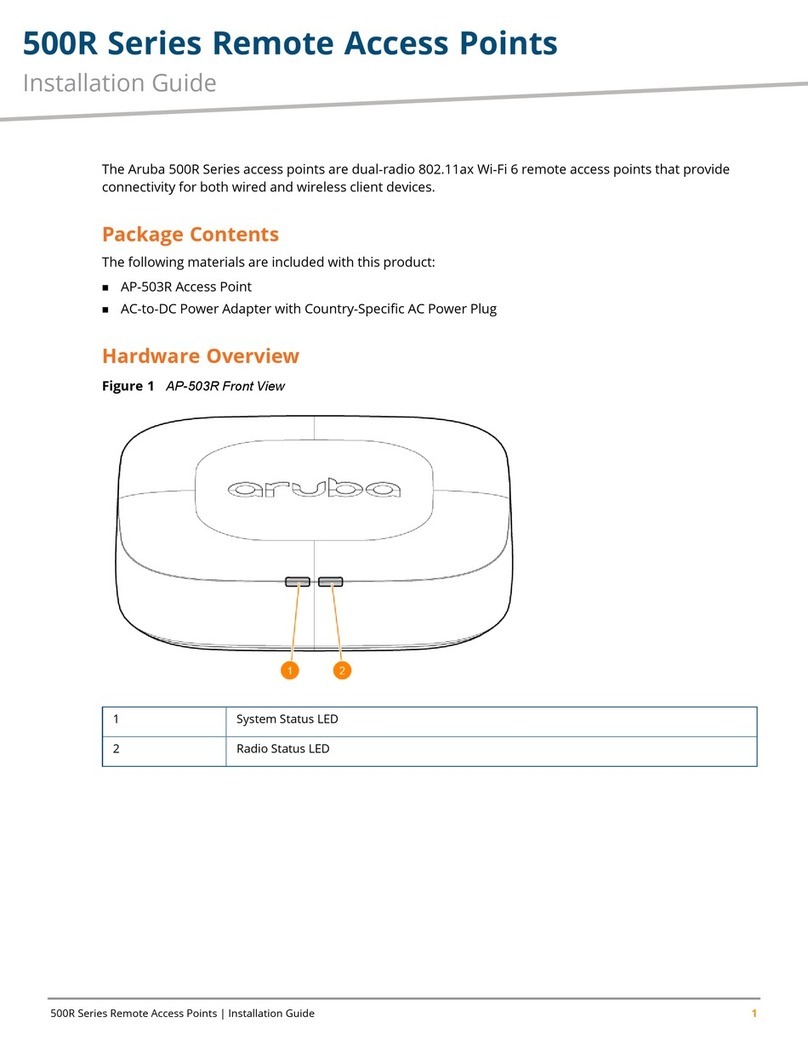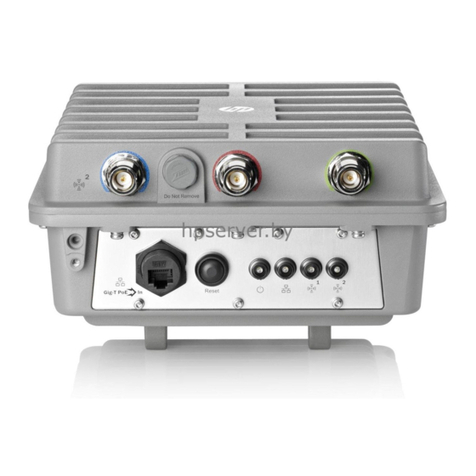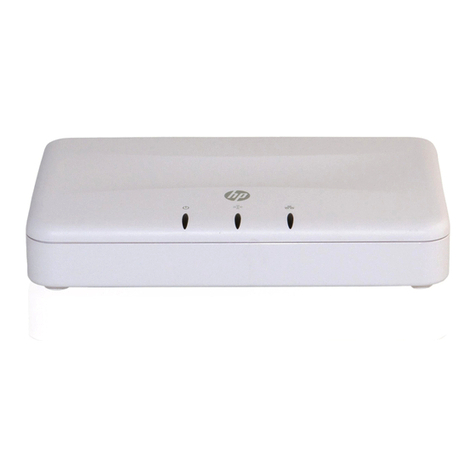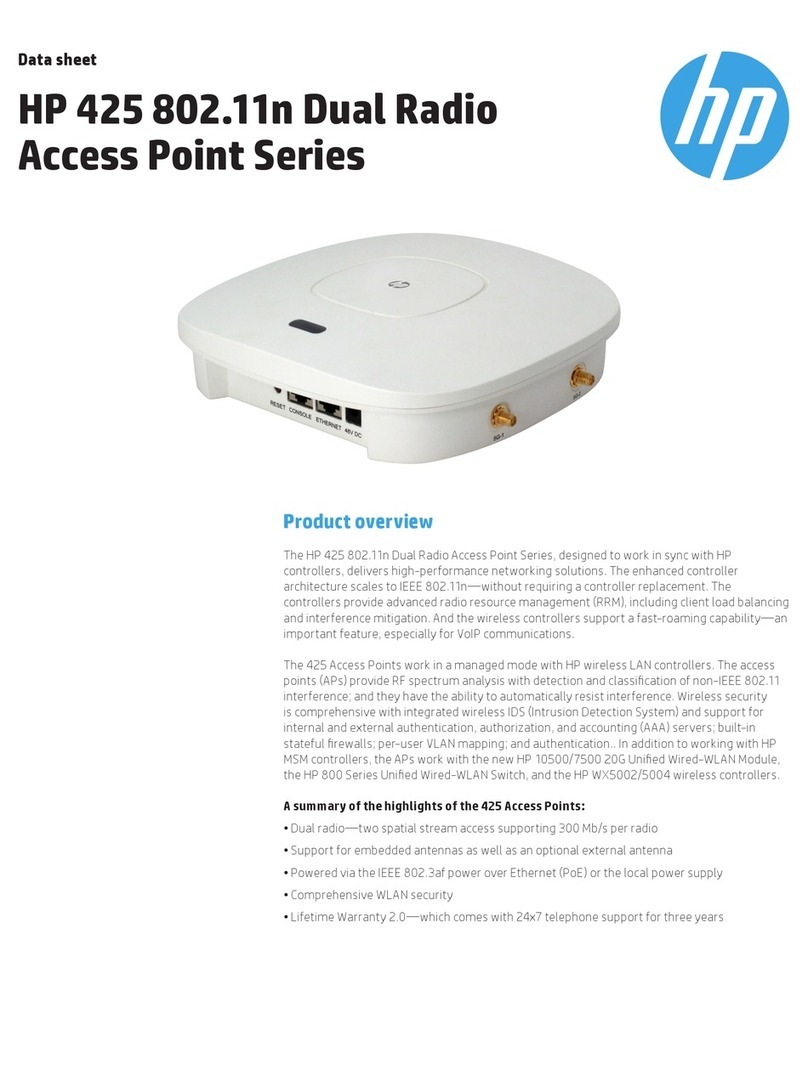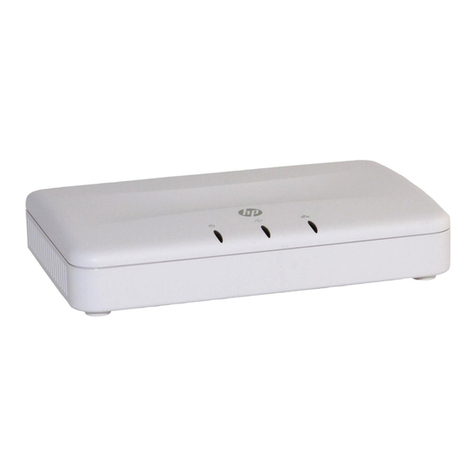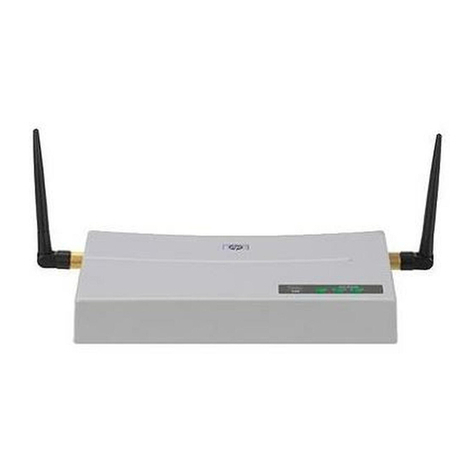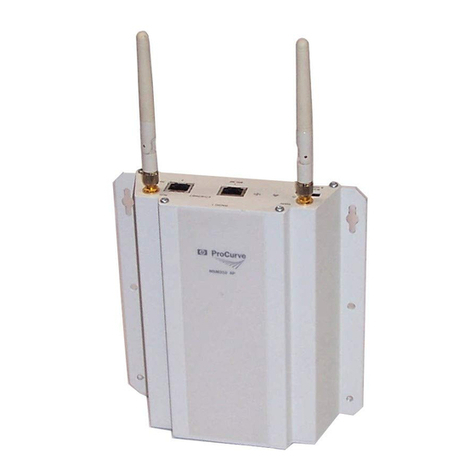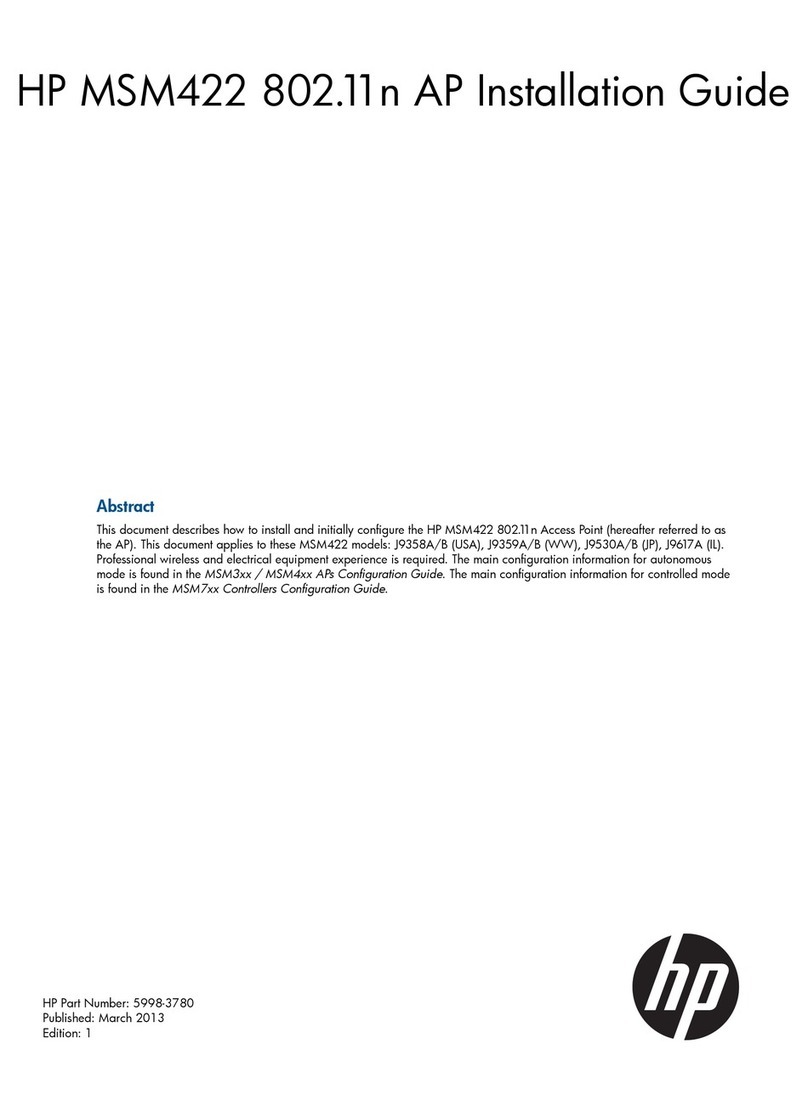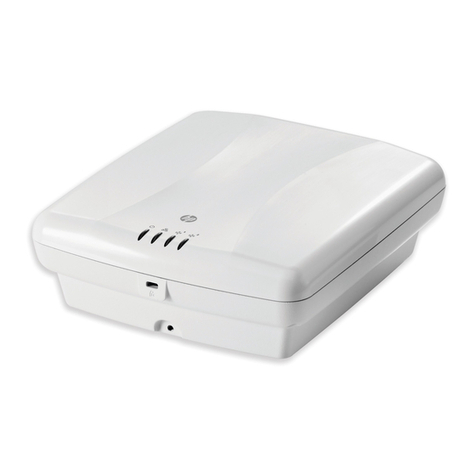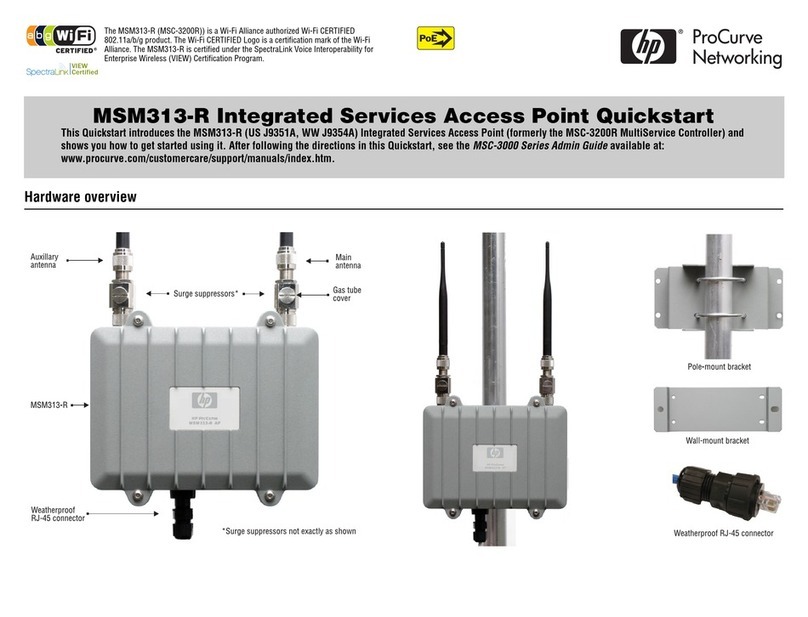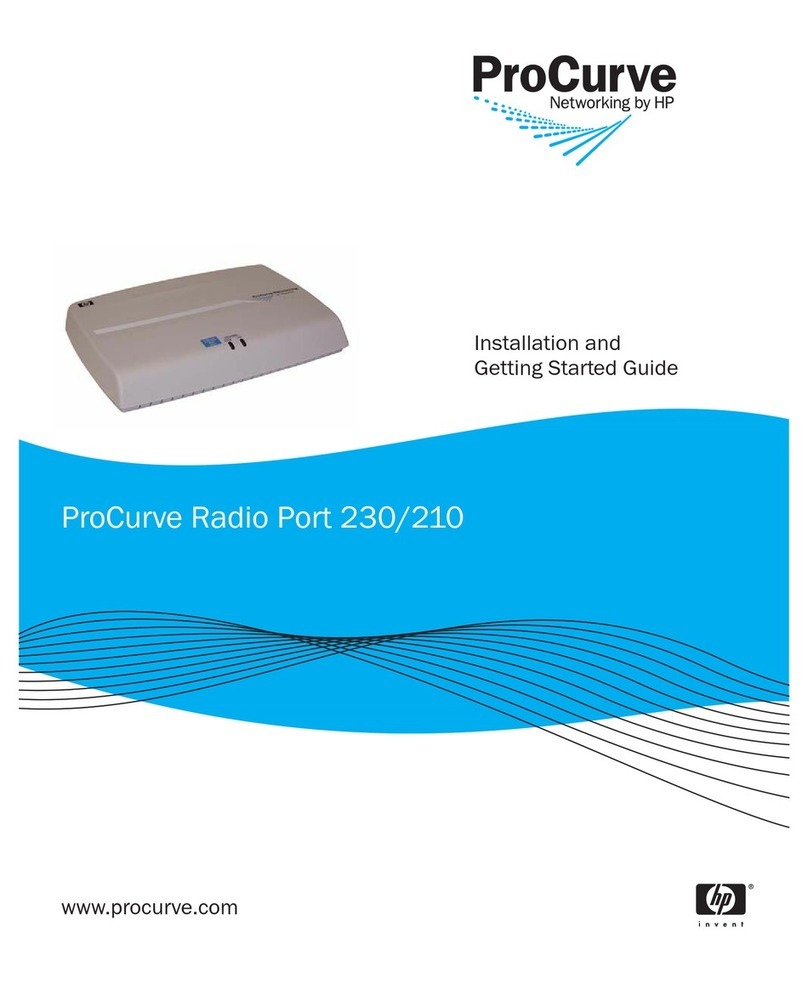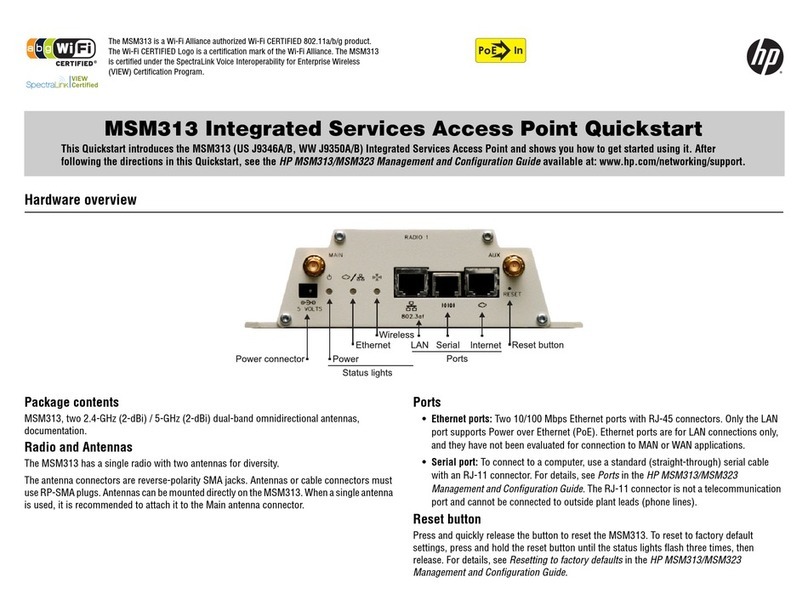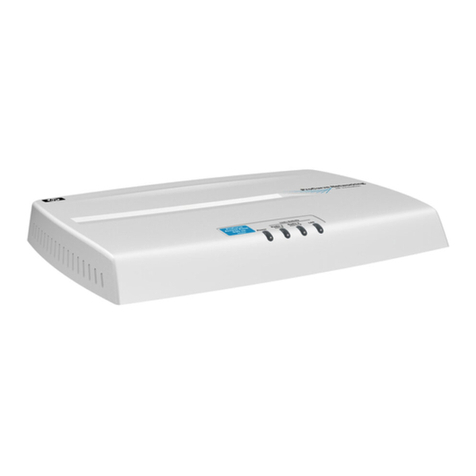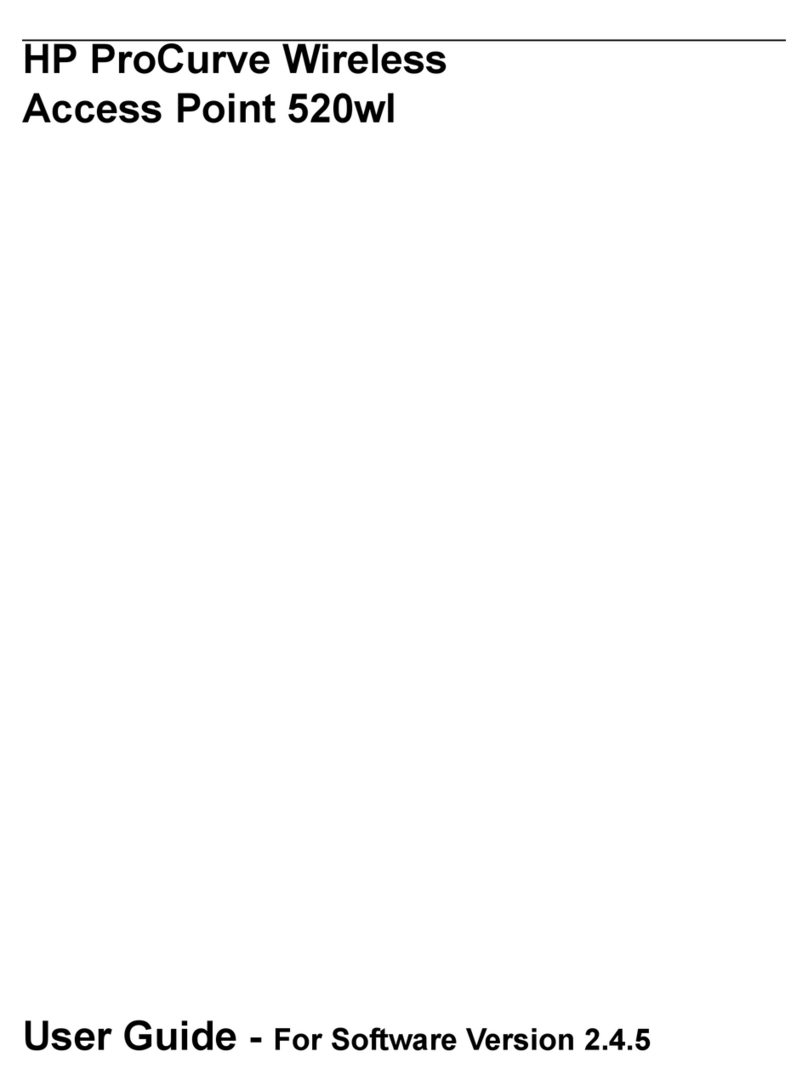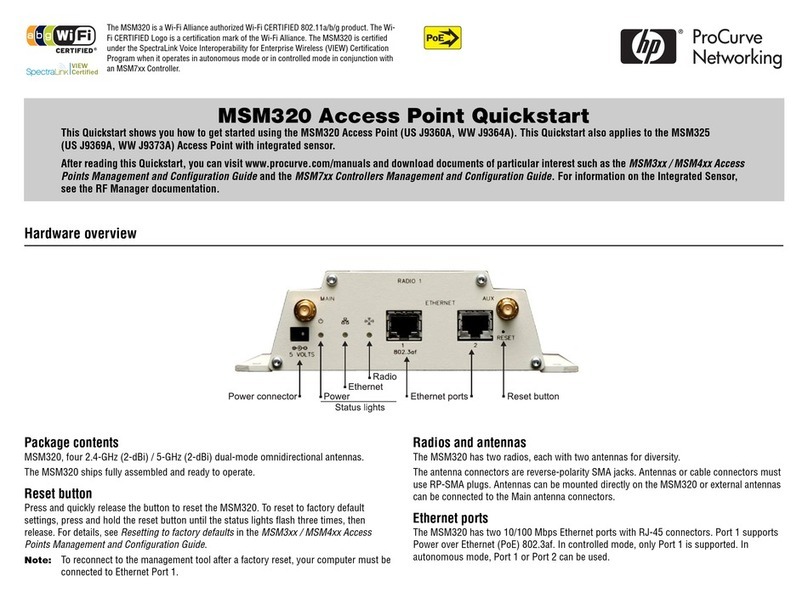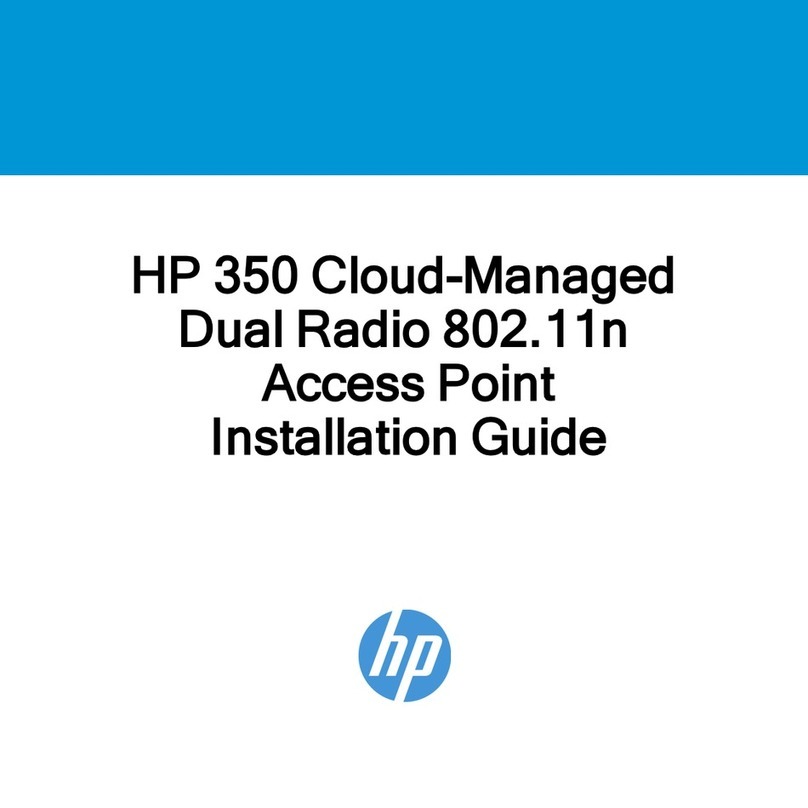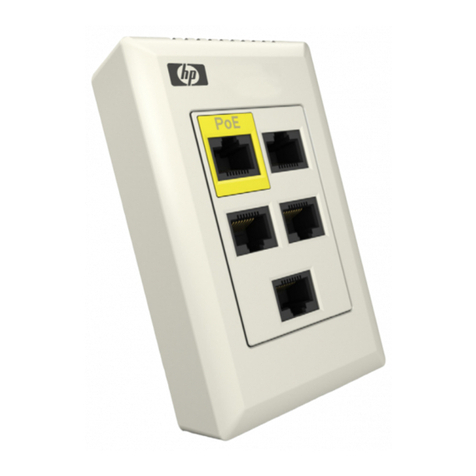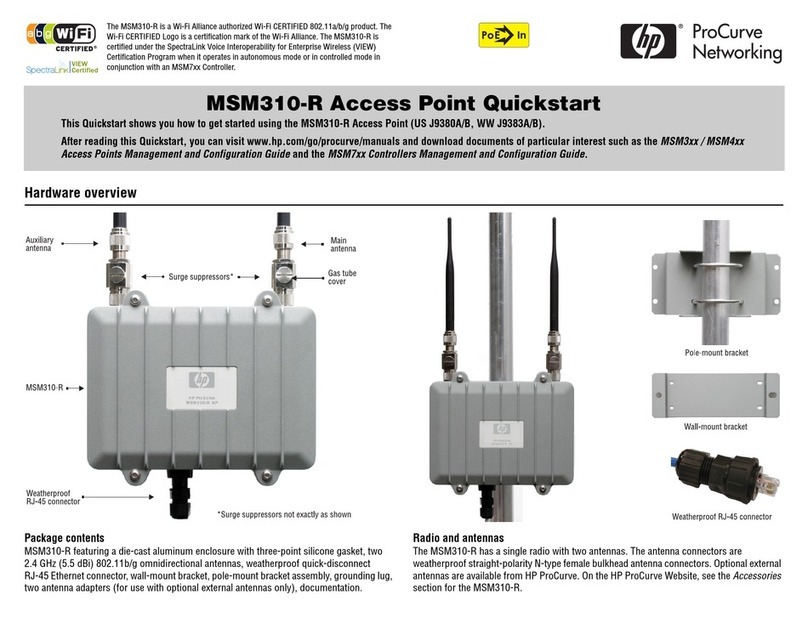Taiwan
2.412 - 2.462 GHz (1 - 11 channels)
5.280 - 5.320 GHz (56 - 64 channels)
5.500 - 5.700 GHz (100 - 144 (excluding 5600-5670 MHz) channels)
5.745 - 5.825 GHz (149 - 165 channels)
Japan
2.412 - 2.472 GHz (1 - 13 channels)
5.180 - 5.320 GHz (36 - 64 channels)
5.500 - 5.700 GHz (100 - 140 channels)
Israel
2.412 - 2.472 GHz (1 - 13 channels)
5.180 - 5.320 GHz (36 - 64 channels)
Radio
FCC Part 15.247; FCC Part 15.407 (US); RSS-210 (Canada); EN 300 328; ARIB STD-T66; IDA Registration
(Singapore); RCR STD-33; ARIB STD-T71 (Japan); EN 301 893 (EU); KCC approval (Korea)
Safety
UL 2043; UL 60950-1; IEC 60950-1; EN 60950-1; CAN/CSA-C22.2 No. 60950-1
Medical
EN60601-1-2
RF Exposure
FCC Bulletin OET-65C; RSS-102; CFR 47, Part 2, Subpart J; ANSI/IEEE C95.1 (99); Ministry of Health Safety
Code 6; Australian Radiation Protection Std.
Features
Dual radio: IEEE 802.11a/n/ac for very high-throughput applications and IEEE 802.11b/g/n for legacy
support and high-speed applications
- Integrated antennas for both IEEE radios, supporting three spatial streams and 3x3 MIMO
- Six embedded antennas
- Both radios operate at full functionality with IEEE 802.3at PoE+ power
- The 2.4GHz 802.11b/g/n radio operates at 2x2:2 mode with 802.3af power, while the 5GHz 802.11ac
radio operates at full fuinctionality
Revise Series Specs (Web
only)
1 RJ-45 autosensing 10/100/1000 port
802.11b/g/n, a/n/ac
IEEE 802.11 a/b/g/n/ac
(3) 5 dBi 2.4 GHz and (3) 7 dBi 5 GHz
6
Emissions
55022 Class B; EN 301 489-1; EN 301 489-17; ICES-003 Class B; FCC Part 15, Class B
Notes
Supported data rates
• 802.11b: 1, 2, 5.5, 11 Mbps
• 802.11a/g: 6, 9, 12, 18, 24, 36, 48, 54 Mbps
• 802.11n: 6.5 to 450 Mbps (MCS0 to MCS23, 1 to 3 spatial streams)
• 802.11ac: 6.5 Mbps to 1.3Gbps (MCS0 to MCS9, 1 to 3 spatial streams)
• 802.11n high-throughput (HT) 20/40
• 802.11ac very high throughput (VHT) 20/40/80
• 802.11n/ac packet aggregation A-MPDU and A-MSDU
The HP 560 access point power information listed includes the embedded antenna. The software will
automatically adjust the maximum power levels based on the country of
operation.
Three spatial stream AP, supporting 450 Mb/s on the 2.4GHz band and 1.3GHz on the 5GHz band.
Maximum transmit power varies by country.
Regulatory model number for the HP 560 Access Point - MRLBB-1304
• 802.11n Radio - MRLBB-1003
• 802.11ac Radio - MRLBB-1303
Services
Refer to the HP website at
www.hp.com/networking/services
for details on the service-level
descriptions and product numbers. For details about services and response times in your area, please
contact your local HP sales office.
QuickSpecs
HP 560 802.11ac Dual Radio Access Point Series
Technical Specifications
DA - 14918 Worldwide — Version 2 — April 29, 2014
Page 6
